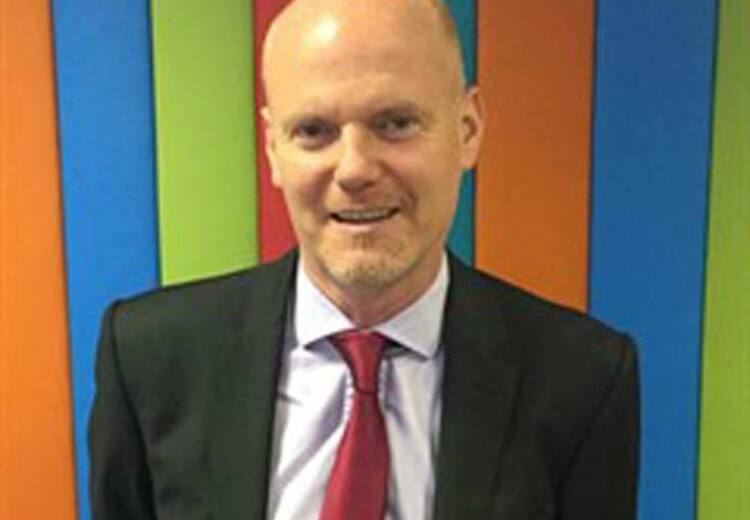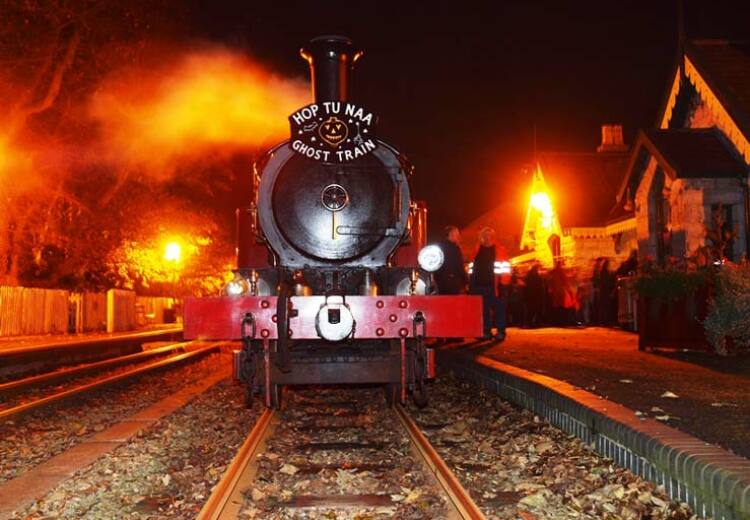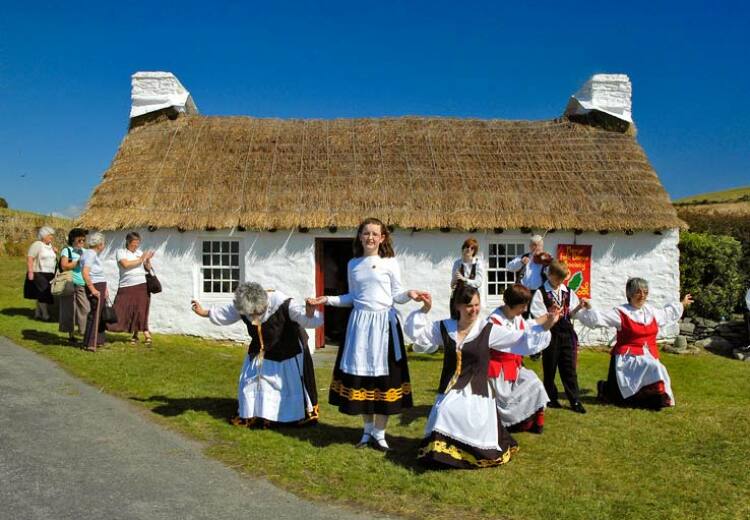The exhibition Forced Journeys: Artists in Exile in Britain c. 1933 – 45, which marks the 70th Anniversary of the opening on internment camps in the Isle of Man, has opened to wide acclaim.
The exhibition was opened on Friday 9th April by Isle of Man Arts Council Chairman, Sam Alder, and runs until 23rd May 2010.
The Gallery was greatly honored to welcome as guests Mrs Klaus E. Hinrichsen, whose husband was so instrumental in promoting and encouraging the artist community in Hutchinson Camp, as well as Peter Daniel, whose father was the highly esteemed Hutchinson Camp commandant.
Although there was a total of ten internment camps in the Isle of Man, the main camp for the artists was in Hutchinson Square in Douglas.
The exhibition is being hosted in co-operation with the Ben Uri Gallery, The London Jewish Museum of Art.
Originally designed to run in conjunction with a new MA module ‘Artists in Britain 1933 -45' at the Courtauld Institute in London, the exhibition was first held at the Ben Uri Gallery, in spring 2009.
To mark the 70th Anniversary of the camp openings and to reflect the exhibition’s new location in Douglas, Ben Uri curators Rachel Dickson and Sarah MacDougall have revised the original exhibition to focus on the work of internee artists, particularly those held in internment camps on the Isle of Man.
Although internment in the UK was initially limited to 'enemy aliens' considered to be of high risk, in May 1940 it was extended to all enemy aliens (primarily Germans and Austrians, but also Italians), including migrants who for religious, political or artistic reasons were compelled to flee to Britain from Nazi oppression. This included over 300 artists.
The exhibition comprises almost 90 works by some 35 artists of mostly German and Austrian origin, and examines the decisive impact of internment on the life and work of a significant group of emigre/refugee artists in exile in Britain during the Second World War.
On display are two accomplished portraits of the art historian Klaus E Hinrichsen and self-taught artist Fred Uhlman whilst they were internees in Hutchinson Camp, which demonstrate a little-known side of Dadaist and Merz-founder Kurt Schwitters, the most established artist in the exhibition.
Schwitters’ work, together with that of fellow Hutchinson internee Ludwig Meidner, had been condemned by the Nazis as “degenerate” at the infamous exhibition in Munich in 1937 (along with Chagall, Matisse, Picasso and van Gogh).
The audience at the opening were fortunate to hear a short reading from internee artist Ernst Eisenmayer’s own account of his internment experiences. Born in 1920 in Vienna and today living in Israel, Eisenmayer escaped to Britain in 1939 after being released from Dachau concentration camp.
Describing with unique personal insight his experiences in a total of five British internment camps including three on the Isle of Man he wrote: "We were b…… lucky on the IoM, unlike the millions in German [concentration camps]. As you can see from my story, internment was at times a bit of a lark. In and out of camp, it was and are the people - from guards to inmates - who made or make life bearable or otherwise".
David Glasser, Co-Chairman of the Ben Uri Gallery, said, "Bringing this exhibition to Douglas is not only a unique opportunity to see works of art from the internment camps, which were last seen together at the artists own exhibitions almost 70 years ago.
"It is also an opportunity to remember the kindness and understanding extended by the Manx people to the over 14,000 'enemy aliens' interned on the island during World War Two.
"It made a tremendous difference to people whose lives had been completely disrupted and who in some cases and lost not only their homeland and belongings but also their families.
"This contrasts favourably with the Japanese internees’ experiences in the USA following the attack on Pearl Harbour. It should also be remembered how many of the internees went on to experience highly successful lives and careers and make a great contribution to the arts, culture and business life of their newly adopted country."
During the weekend, Rachel Dickson and Sarah MacDougall gave lectures at the Manx Museum relating to the Forced Journeys exhibition and Professor Frances Lloyd of the Art History department of the University of Kingston, London, spoke in the Sayle Gallery about Austrian artist Ernst Eisenmayer, who has four works in the exhibition.
The exhibition's partners include the Isle of Man Steam Packet Company and the Sefton Hotel, both of which have kindly agreed to host screenings for the duration of the exhibition of the 1991 Border TV documentary on internment on the Isle of Man, Her Majesty’s Most Loyal Enemy Aliens. The Steam Packet Company will be showing the documentary on board the ferries between Liverpool and Douglas.
Each of these organisations, furthermore, has their own connections with the internees. The Steam Packet Company’s vessels provided the transport from Liverpool for both the internees and guards for the camps, whilst in 1940 the Sefton Hotel was briefly commandeered along with other hotels and guesthouses in Douglas and elsewhere on the island as an internment camp.
Funding for the exhibition has been generously provided by the Isle of Man Arts Council, Manx Heritage Foundation, the Friends of Manx National Heritage the Department of Education and private sources. The Gallery is especially grateful to Barclays Wealth for its core sponsorship, and to the Isle of Man Steam Packet Company and Sefton Group.
Sayle Gallery opening times:
Tuesday - Saturday, 10.00am – 5.00pm; Sunday, 1.30pm-4.30pm.
Admission is free.
Pictured: Hugo Dachinger's Art Behind Wire (1941), reproduced with kind permission from Manx National Heritage.








